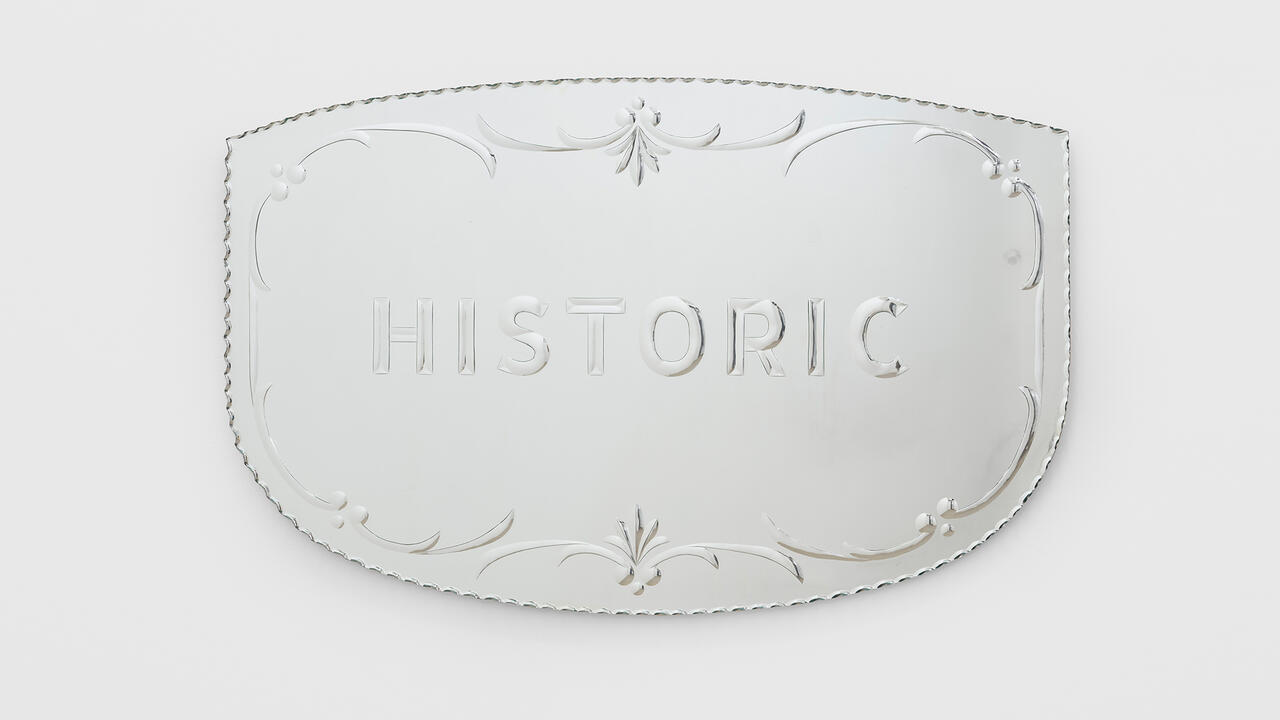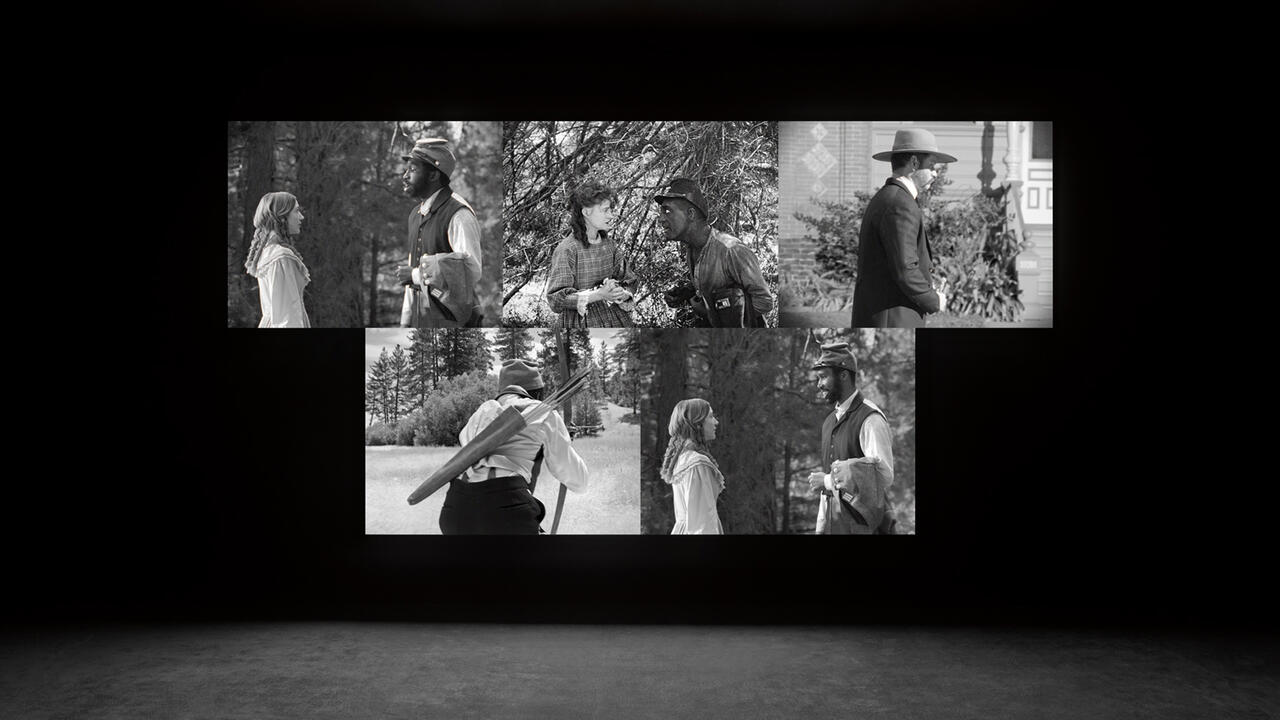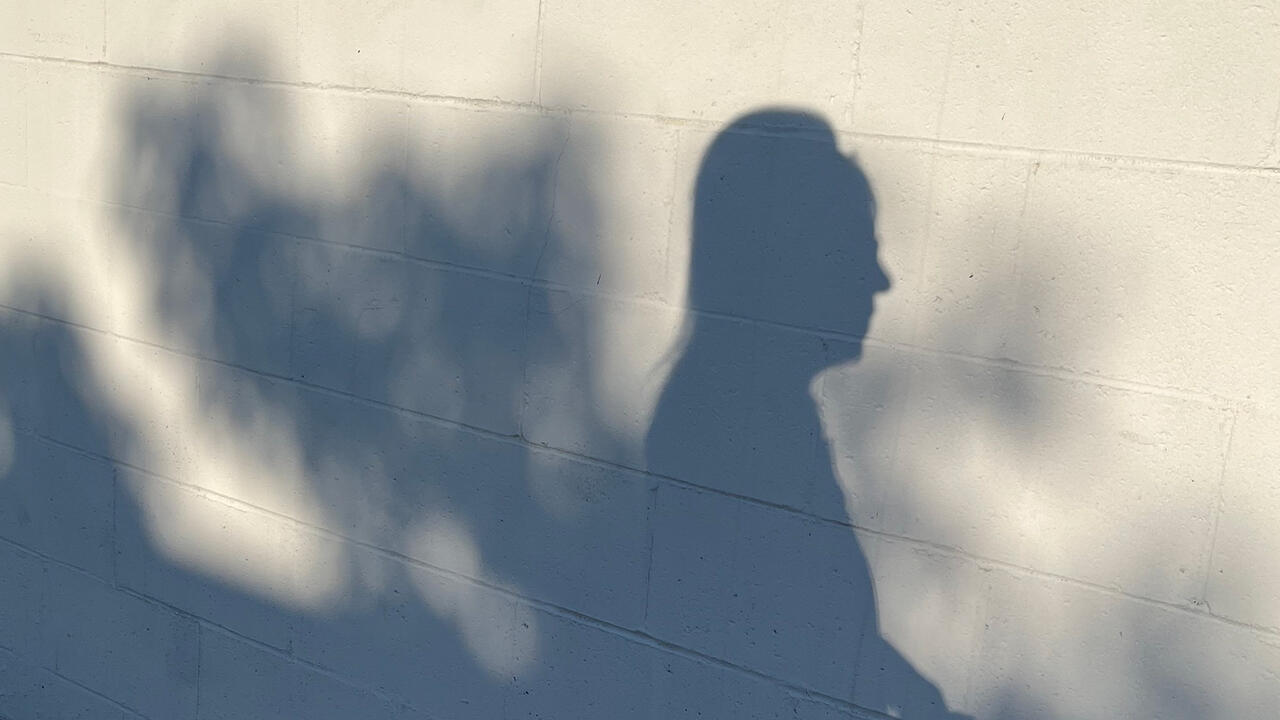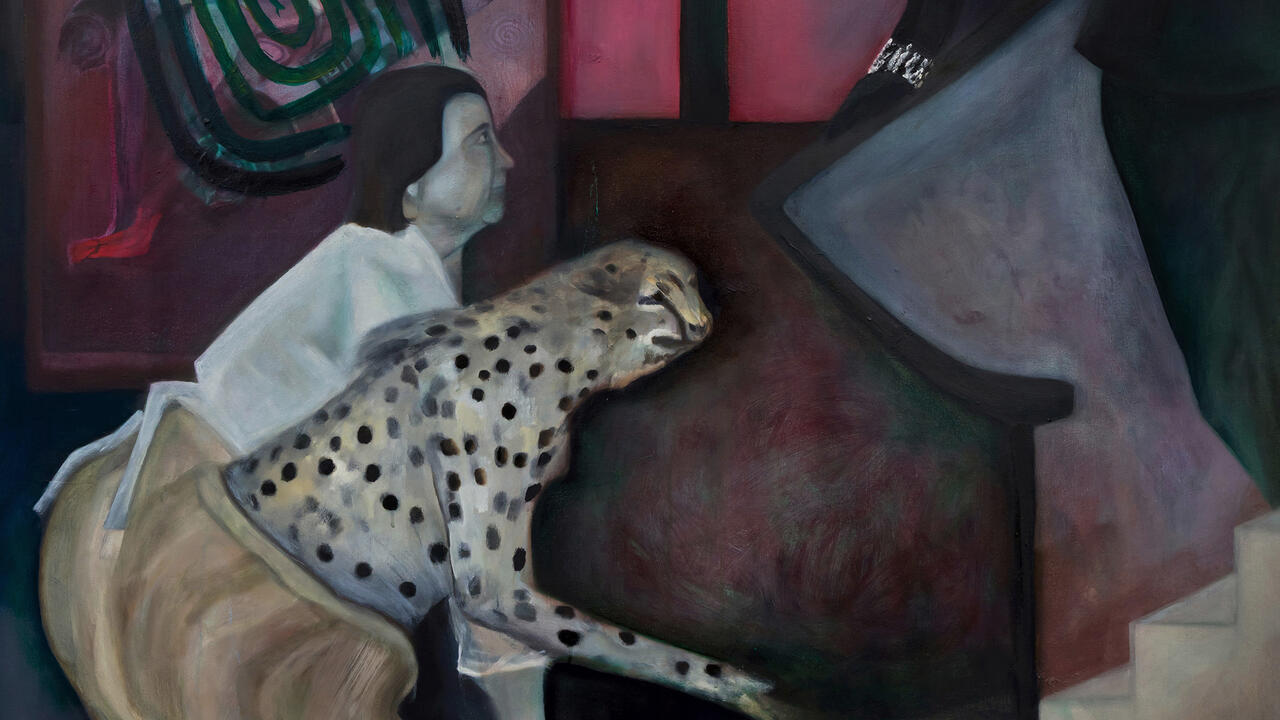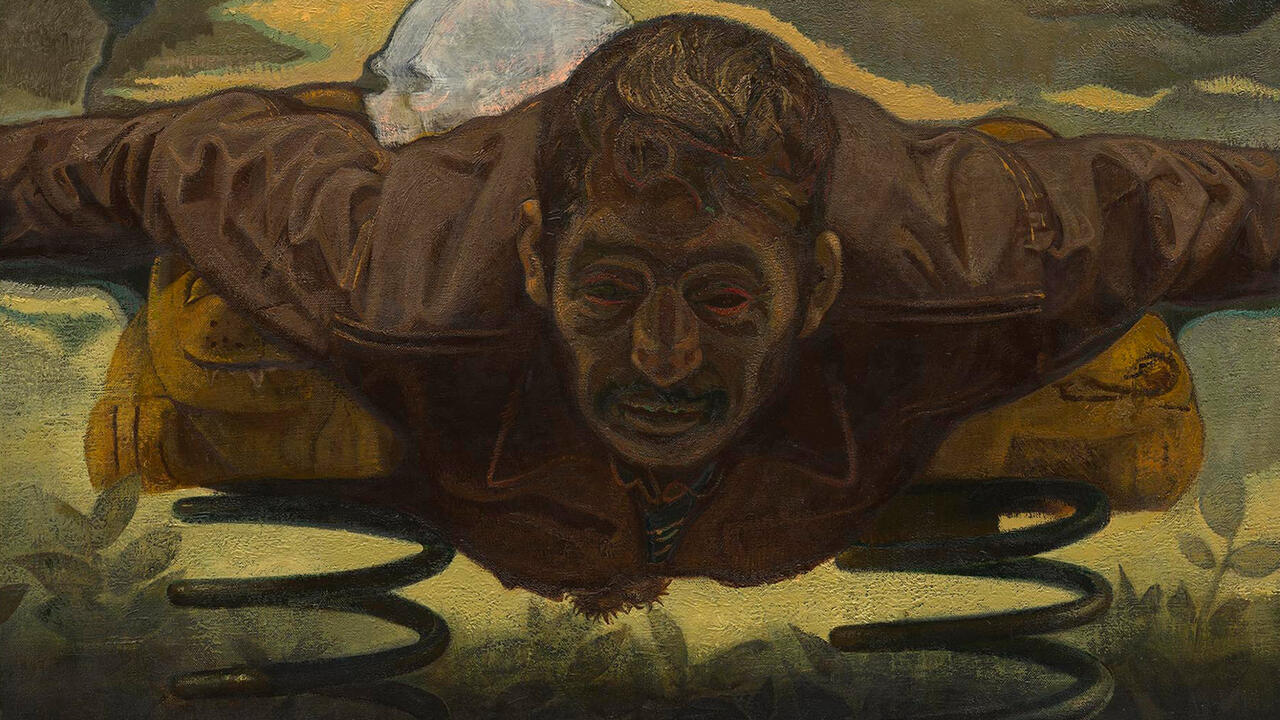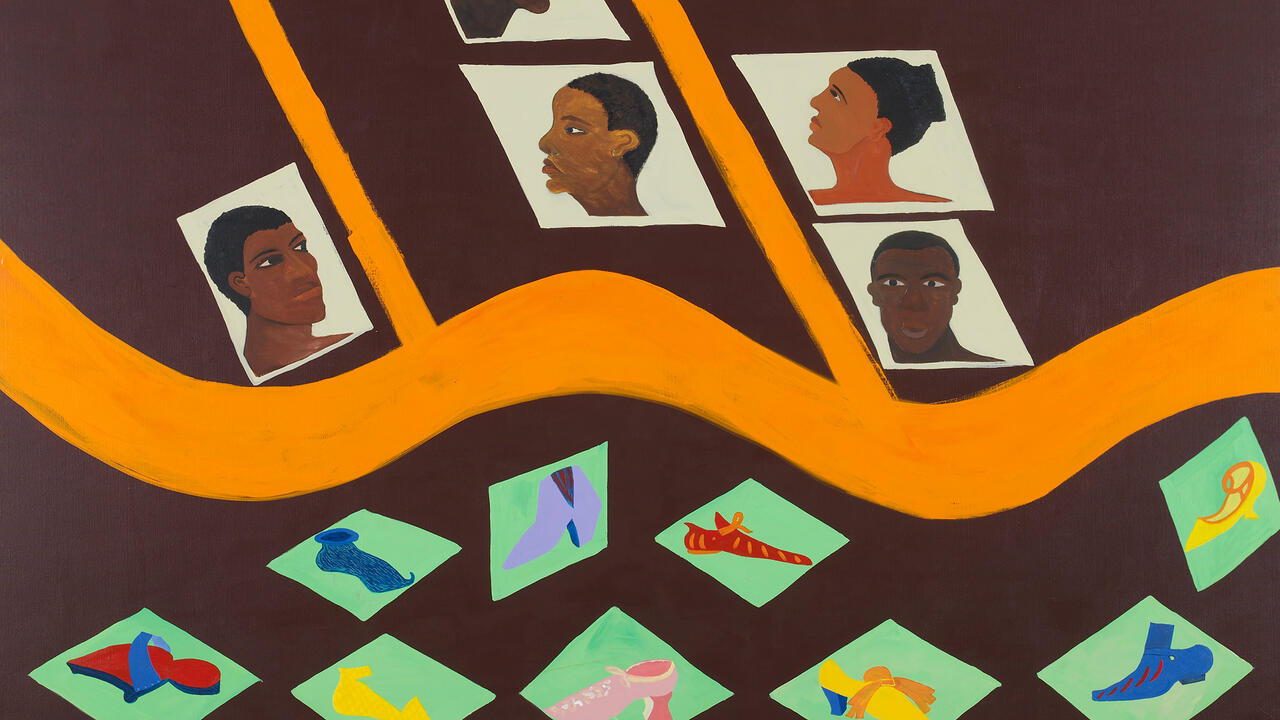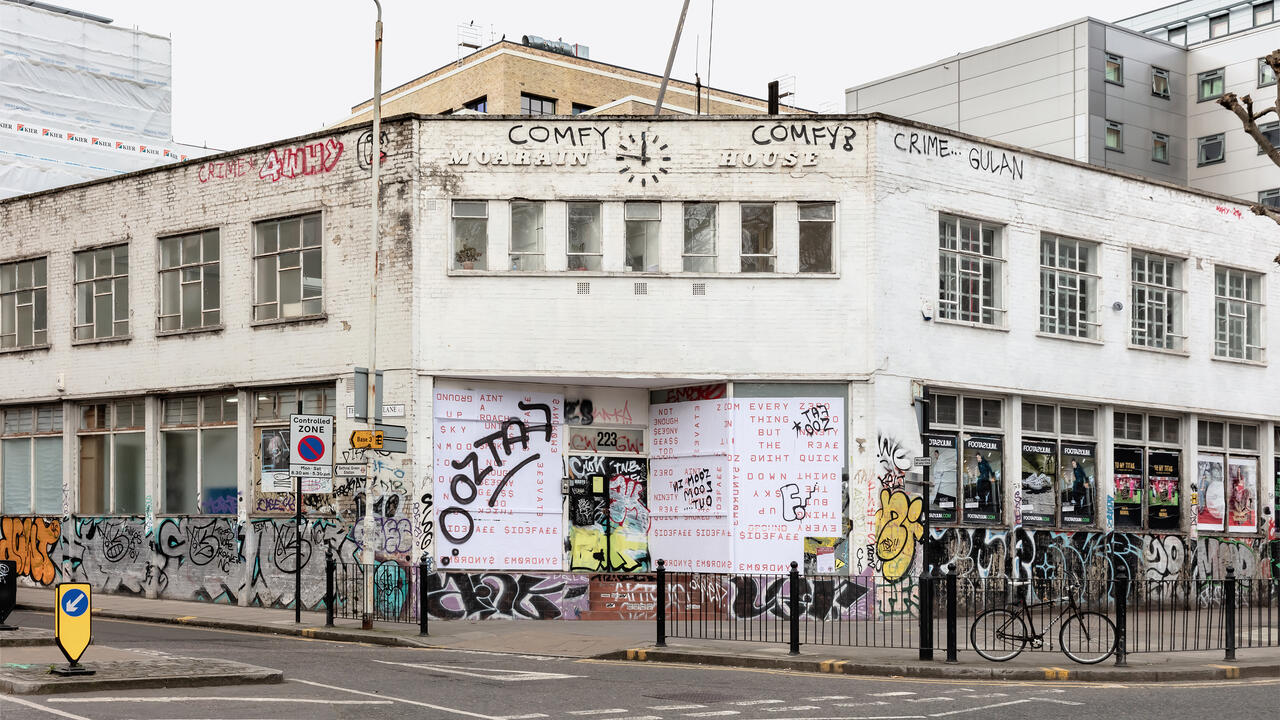Maria Eichhorn
Chisenhale Gallery, London, UK
Chisenhale Gallery, London, UK

It looked like a simple brief: write around 800 words on ‘5 Weeks, 25 Days, 175 Hours’, Maria Eichhorn’s first solo exhibition in the UK and a new commission for Chisenhale Gallery, London. It looked simple because the show consists of nothing – nothing physical, at least. From 23 April, the artist has requested that the gallery’s staff withdraw their labour for the period of time delineated in the exhibition’s title. In order to question the equating of work with physical production and critique a neoliberal economy that has seen labour become a precarious enterprise, every contracted employee, from the director to the weekend cleaner, has now slipped into a curious state of enforced ‘free time’. Doors have been locked, out of office emails set and all social media accounts frozen.
With the press release standing as one of the show’s few evidential components, I could have penned a review in any place, and I would have had a number of historical examples of institutional critique from which to draw: Robert Barry’s 1969 Closed Gallery Project, for example, Tehching Hsieh’s One Year Performance 1985–1986 (No Art Piece), or maybe, to expand upon Eichhorn’s neo-Marxist foregrounding of the labour that is so often obscured by the ‘product’, I could have alluded to Michael Asher’s 1974 intervention at Claire S. Copley Gallery in Los Angeles, that saw him remove the partition between the exhibition space and the office.

Things weren’t so simple at all, as the second component of ‘5 Weeks…’, a symposium held two days before the grand opening (closing) demonstrated. Opening with presentations from political theorist Isabell Lorey and philosopher Stewart Martin, the event concluded with a public discussion that was attended by both Eichhorn and the soon-to-be considerably less burdened staff. While the artist’s supporters filled the room, with praise for her continued conceptual experimentation bookending every remark, it was the confused, frustrated and bitter voice of the younger generation – my generation – that rang the loudest. Unsurprising, considering their – our – presumably more intimate relationship with notions of precarious labour, internalised debt and imposed value systems that were being put on the stand.
How could a registered charity like the Chisenhale Gallery, which receives GBP£165,000 of taxpayers’ money per annum, justify the staging of such a (non-) event? How was this particular project funded? (To defend Chisenhale: a single trustee picked up the majority of the bill on this occasion.) Why address the issues surrounding wages in the arts sector (they are many and abiding) within the context of a finite artistic project? Is it not problematic to host such an exhibition in Tower Hamlets, London’s most deprived borough? Could we work towards organising a more generative, community-focused debate around these topics? Or, to echo one attendee: ‘Why the fuck is this place being closed?’

This indignation was rarely directed at Eichhorn – who held her tongue for much of the discussion – or indeed ‘5 Weeks…’ as a conceptual work, but at the Chisenhale’s staff, who quickly became the spokespeople for the cultural sector at large, warts and all. It was frustrating to watch so many valid, pressing questions meet with reticence, silence or the diplomatic regurgitation of a meticulously crafted press release. But in retrospect, the fact that so few solutions were thrashed out seems curiously appropriate. At no point does ‘5 Weeks…’ set out to answer the questions that it proposes. What it does promise to do, however – what it already has done – is encourage consideration, frustration and actual anger. At some point over the coming weeks, it might just tease out certain pertinent opinions on these real-time problems that may have otherwise gone unheard, like a single voice in an otherwise vacant gallery.
Writing in 1967, Sol LeWitt was emphatic: ‘Conceptual art is not necessarily logical’. Accordingly, the scepticism of this symposium alone demonstrated how at this point in time ‘5 Weeks…’ seems like an illogical venture. I maintain that the action of instigating inaction is not the most effective way to broach the subject of contemporary labour conditions; and given the current state of arts funding – or lack thereof – the timing of this project could also be construed as insensitive. That said, logic can often be used to reinforce the status quo – what does that say about illogic? Breaking from convention will always appear illogical; it will always be seen as irrational, counter-intuitive and slightly irritating. But that doesn’t deem it superfluous. Why the fuck is this place being closed? For the same reason that Barry locked a gallery and Asher removed a wall: to make you leave your house, engage in a public discussion and ask that very question.









